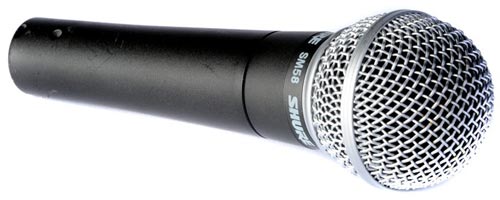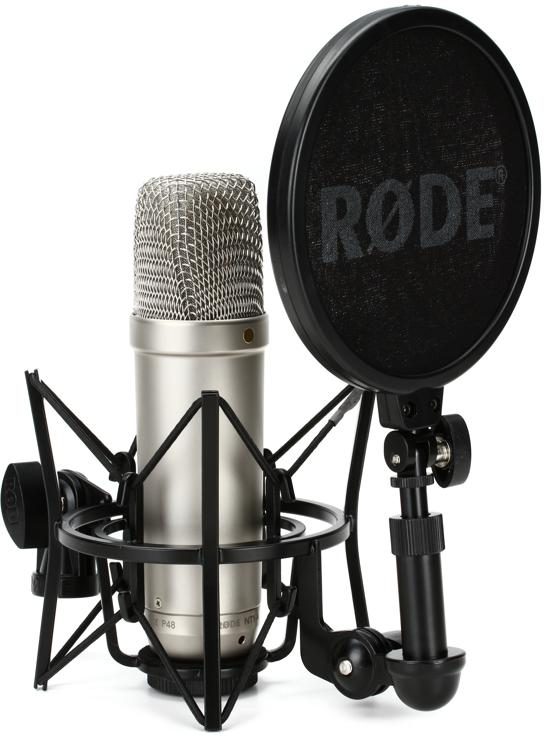Looking back on my podcast, my main thought it could’ve been planned out better and I believe could’ve been better quality.
Equipment
Now the only piece of equipment I had used to capture the audio was just my iPhone 11, at the time I felt it was the only thing really necessary because of how high tech it was, personally? I think in a better planned situation it could definitely be used for that purpose with much better quality, at the time I hadn’t considered the room we were in. I believe the sound just would’ve been better if we were in a smaller, more condensed room, and if I had gotten some extra equipment, mainly just some microphones, not one for every person just two or three max to pass around the room and make the quality a little more consistent. The room we were in I thought made the audio kind of echoey, which, while not a huge problem for being able to hear, I think it just makes things sound a little more amateurish.
If I were to go back with the knowledge I have now I would’ve been more considerate of those aspects, my first thought for the podcast was for it to flow well enough and have the conversation be something interesting.
Now, that’s still a priority but I should’ve also considered the former points I raised.
I think with a little more planning it could’ve been better, though I don’t think the outcome is necessarily bad, I just think it has a LOT of room for improvement




